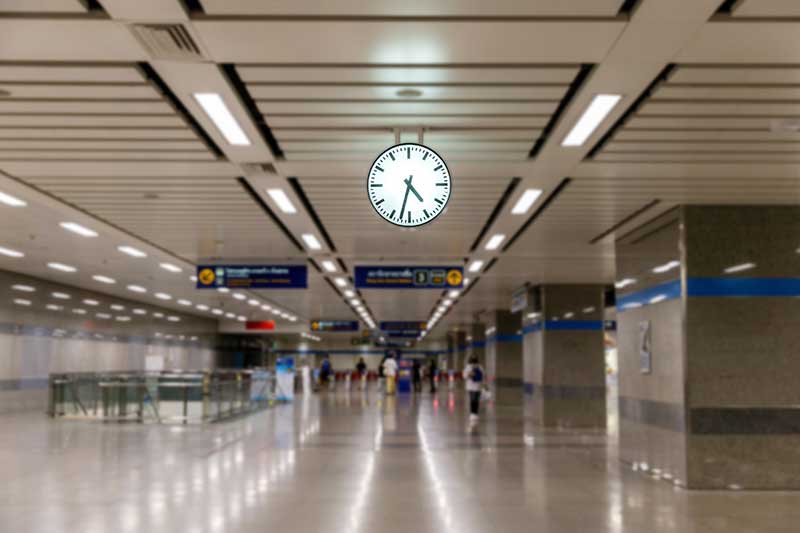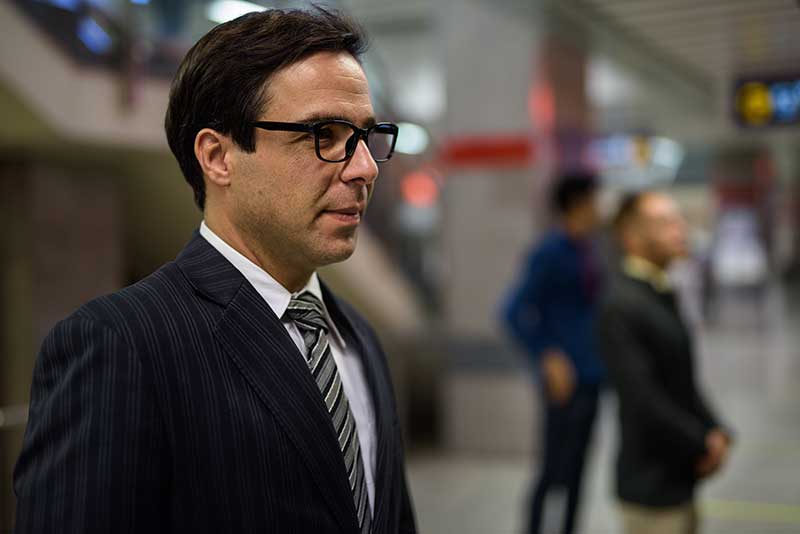Thais from all over the world go to Bangkok to experience the city’s pulsating nightlife, stunning temples, and mouthwatering street cuisine. Using the city’s Bangkok MRT system is one of the quickest and most hassle-free methods to get around. The Bangkok MRT is a cutting-edge, time- and cost-saving means to get about the city.The Bangkok MRT system, its operation, and its advantages will be discussed in this blog post.
The MRT in Bangkok is a subway that traverses the city’s core, with two lines and twenty stations. Hua Lamphong to Bang Sue can be reached by the Blue Line, while Tao Poon to Khlong Bang Phai can be reached via the Purple Line. Connecting the BTS Skytrain, the Airport Rail Link, and the bus system, the Bangkok MRT is managed by the Mass Rapid Transportation Authority of Thailand (MRTA).
Bangkok’s mass rapid transit (MRT) system is lauded for its dependability, timeliness, and ease of use. The peak frequency of trains during rush hour is every three minutes, however they run regularly throughout the day. The MRT is open from 6 a.m. to 12 a.m. daily, with extended hours for holidays and special events. The Bangkok MRT stations are state-of-the-art, spotless, and user-friendly, with signage and maps available in both Thai and English.
The MRT in Bangkok is a great option because of how cheap it is to ride
The lowest fee is 16 baht ($0.50) and the highest fare is 42 baht ($1.30), both of which are determined by the distance traveled. Single-trip tickets and the prepaid Rabbit Card are available for purchase. The Rabbit Card provides access to lower prices on the BTS Skytrain and the Airport Rail Link, among other transit options.
Using the MRT in Bangkok is convenient because of how quickly and smoothly it operates
The trains are cutting edge; they’re air conditioned and have Wi-Fi, so you can relax and enjoy the ride. Chatuchak Weekend Market, Central Plaza Grand Rama 9, and Terminal 21 Shopping Mall are just a few of the main monuments and attractions that can be reached by the MRT system.
The Bangkok MRT is also essential in cutting down on the city’s pollution and traffic problems. More than 400 thousand people use the MRT every day, which means fewer cars on the road. As a result, the city’s traffic problems and air pollution are mitigated, making it a better place to live and visit.
The Bangkok MRT is not only convenient, but also a fantastic opportunity to learn about the city’s history and culture. Art and cultural motifs from Thailand are featured prominently in many MRT station decorations. The Blue Line’s final stop, Hua Lamphong Station, has a painting detailing the country’s railroad history.
Bangkok MRT system is ever-expanding and improving.
The Blue Line will be extended to the Bangkok suburbs to the east, and the Purple Line will be extended to the western suburbs. The Pink Line, which the MRTA hopes to construct, will connect Khae Rai and Min Buri. With these upgrades, the MRT will be more accessible and useful for both locals and tourists.
In sum, the Bangkok MRT is a cutting-edge, time-saving, and pocket-friendly means to go around the city. The MRT is an excellent method of decreasing both traffic and pollution in the city because it is punctual, reliable, convenient, and inexpensive. The MRT also serves as a window into Thailand’s rich cultural heritage. As it continues to grow,

Here are some tips and tricks for tourists who plan to take the Bangkok MRT (Mass Rapid Transit) in their travels:
- Purchase an EZ-Link Card: This card is the most convenient way to pay for your MRT rides. It is a stored value card that can be used for all public transportation in Singapore, including buses and trains.
- Download the TransitLink Mobile Services App: This app provides real-time information on train arrival times and helps you plan your journey. You can also use the app to top up your EZ-Link card.
- Avoid Peak Hours: Peak hours are usually from 7:30am to 9:00am and from 6:00pm to 8:00pm on weekdays. If possible, try to travel outside these hours to avoid the crowds.
- Stand on the Right: In Singapore, it is customary to stand on the right side of the escalator to allow people to walk up or down on the left side. Make sure to follow this rule to avoid any inconvenience to others.
- Use the Priority Seats Wisely: Priority seats are reserved for the elderly, disabled, and pregnant women. If you are sitting in a priority seat, be aware of your surroundings and offer your seat to those who need it more than you.
- Mind the Gap: When boarding or alighting from the train, be careful and watch out for the gap between the platform and the train. Make sure to stand behind the yellow line and wait for the train to come to a complete stop before boarding or alighting.
- Be Prepared for Security Checks: Singapore has strict security measures in place, and you may be subject to security checks when entering or exiting the MRT stations. Be prepared to have your bags and belongings checked, and follow the instructions of the security personnel.
- Have Small Change Ready: If you need to purchase a single trip ticket, make sure to have small change ready as the ticket machines do not accept large denominations.
By following these tips, you can have a smooth and hassle-free MRT experience during your travels in Singapore.

